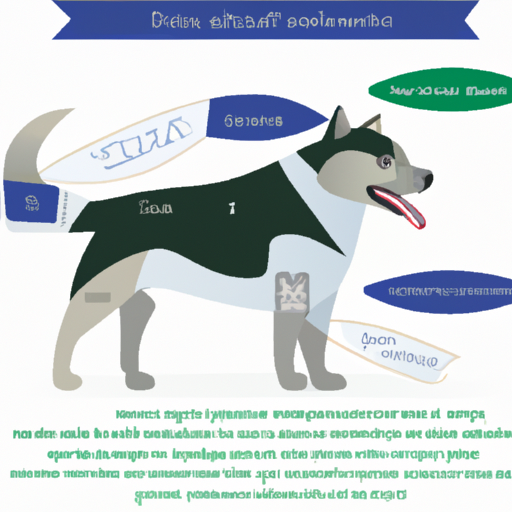Understanding Ataxia
Ataxia in dogs is a condition that affects your pet’s nervous system, leading to a loss of coordination. Imagine for a moment, you’re watching your dog run around happily in the park, and suddenly, they start to stumble, their limbs flailing uncontrollably. This can be a terrifying experience for both you and your furry friend. Ataxia can manifest in different forms, depending on which part of the nervous system is affected:
- Cerebellar Ataxia: This occurs when the cerebellum, the part of the brain responsible for coordinating movements, is damaged.
- Vestibular Ataxia: This type is caused by issues in the inner ear or brainstem, which control balance and eye movements.
- Sensory Ataxia: This happens when the spinal cord is affected, disrupting your dog’s ability to sense where its limbs are.
Causes of Ataxia
Ataxia can be caused by a myriad of factors. Some dogs are born with the condition, while others may develop it due to injury, illness, or exposure to certain toxins. Here are some common causes:
- Genetic predisposition
- Brain tumors
- Stroke
- Exposure to certain drugs or toxins
- Ear infections
| Cause | Type of Ataxia |
|---|---|
| Genetic Predisposition | Cerebellar Ataxia |
| Brain Tumor | Vestibular Ataxia |
| Stroke | Sensory Ataxia |
Symptoms to Look Out For
It’s crucial to be aware of the signs of ataxia in your dog. Early detection can make a significant difference in managing the condition. Your dog may exhibit:
- Unsteady gait
- Falling or stumbling
- Head tilt
- Nystagmus (abnormal eye movements)
- Difficulty standing
Treating Ataxia
The treatment for ataxia will largely depend on the underlying cause. If it’s due to an ear infection, medication may be enough. However, in case of a tumor or a stroke, your dog might need surgery or more intensive treatments.
Always remember, it’s not the end of the world if your dog is diagnosed with ataxia. With your love, patience, and the right care, they can still lead a fulfilling life.
Caring for a Dog with Ataxia
Having a dog with ataxia can be challenging, but there are ways to make your pet’s life easier. Here are a few tips:
- Make sure their environment is safe. Remove any obstacles they could trip over.
- Assist them with tasks they find difficult, like climbing stairs.
- Provide a balanced diet and regular exercise to keep their weight in check.
FAQs
Q: Is ataxia in dogs curable?
A: Depending on the cause, ataxia may be treatable but not always curable. If it’s due to a treatable condition like an ear infection, your dog’s symptoms may improve with treatment.
Q: Can a dog live a normal life with ataxia?
A: Many dogs with ataxia can lead a comfortable and happy life with the right care and management.
Q: How can I help my dog with ataxia?
A: Making their surroundings safe, assisting them with difficult tasks, and maintaining a healthy diet can help your dog live better with ataxia.
Remember, ataxia is a serious condition. If you notice any signs, don’t hesitate to reach out to your vet. As a caregiver, your vigilance can make a world of difference for your furry friend.



